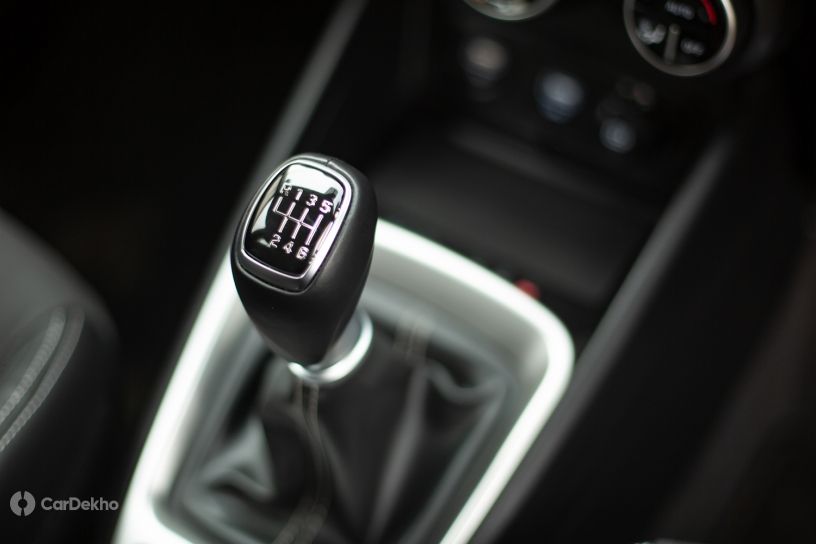5 Things You Should Know About Intelligent Manual Transmission (iMT)
Modified On Jul 07, 2020 04:53 PM By Sonny
- Write a comment
What is the point of it? What are its advantages? Will it be cheaper? Find out our answers to your questions here

Hyundai recently announced that it is adding a new transmission option to its Indian product portfolio called the iMT or intelligent manual transmission. The carmaker is the first to offer this technology in India and here’s what you should know about it:
It’s a two-pedal system
A model equipped with iMT only has two pedals in the driver’s footwell, missing the clutch pedal. However, it is not an automatic transmission as it still has the conventional manual gearbox in the central console tunnel and it won’t change gears by itself.

You'll have to shift gears yourself
The driver still has to manually shift gears like one would in the case of a manual transmission. However, an iMT setup means you don’t have to exhaust your left leg because it uses a clutch-by-wire system which deletes the need for a clutch pedal. To sum up, you get the physical relief of an automatic while still being able to enjoy an engaging driving experience.
How does an iMT system actually work?
An iMT setup still has a conventional clutch and gearbox setup underneath. It allows you to shift gears like a manual variant without having to press a clutch pedal by utilising a sensor embedded into the gear selector. The sensor detects the driver’s intent to change gears when it is moved out of its current position and then triggers the actuator to engage the clutch which allows the driver to change gears seamlessly.

More affordable than even an AMT and far cheaper than conventional automatics
The iMT system is most similar to an AMT setup. Both use the same transmission setup as the standard manual version but use a series of electronically controlled actuators in the process of changing gears. While an AMT needs to engage the clutch and change between gears, an iMT only needs to engage the clutch as the driver shifts the gears. As a result, the iMT system uses fewer components and is cheaper than an AMT variant which usually adds around Rs 40,000 over the equivalent manual variant. It will also be significantly more affordable than conventional automatic transmissions such as torque convertors, DCTs and CVTs which usually come at a premium of over a lakh!
The iMT is not an alternative to an automatic but it is a cost-effective step to reduce one of the discomforts of a manual transmission by negating the clutch work. However, we are awaiting our first go in an iMT model to see how smooth it really is in comparison to its current alternatives.

Will be introduced with Venue Turbo followed by upcoming Kia Sonet. Expected to be offered from other carmakers too
Hyundai will be debuting the 6-speed iMT option with the Venue sub-4m SUV’s 1.0-litre turbo-petrol engine. It will be added to the current transmission choices of a 6-speed manual and a 7-speed DCT with prices due to be announced soon. The Kia Sonet which will share its mechanicals with the Venue will also feature the iMT option, as announced at Auto Expo 2020 when the car was unveiled in its pre-production avatar.
The Korean carmakers won’t be the only ones to offer the iMT option. Other brands will be introducing their own two-pedal manual transmission options across varying models soon enough. After all, an iMT option is cheaper than nearly all automatic transmissions that get rid of the need to work the clutch pedal, it will offer similar fuel efficiency as a manual and is expected to solve the problem of the ‘head nod’ effect often experienced in mass-market AMT options.
Related: Manual Cars Sans Clutch Pedal Coming
3 out of 3 found this helpful















